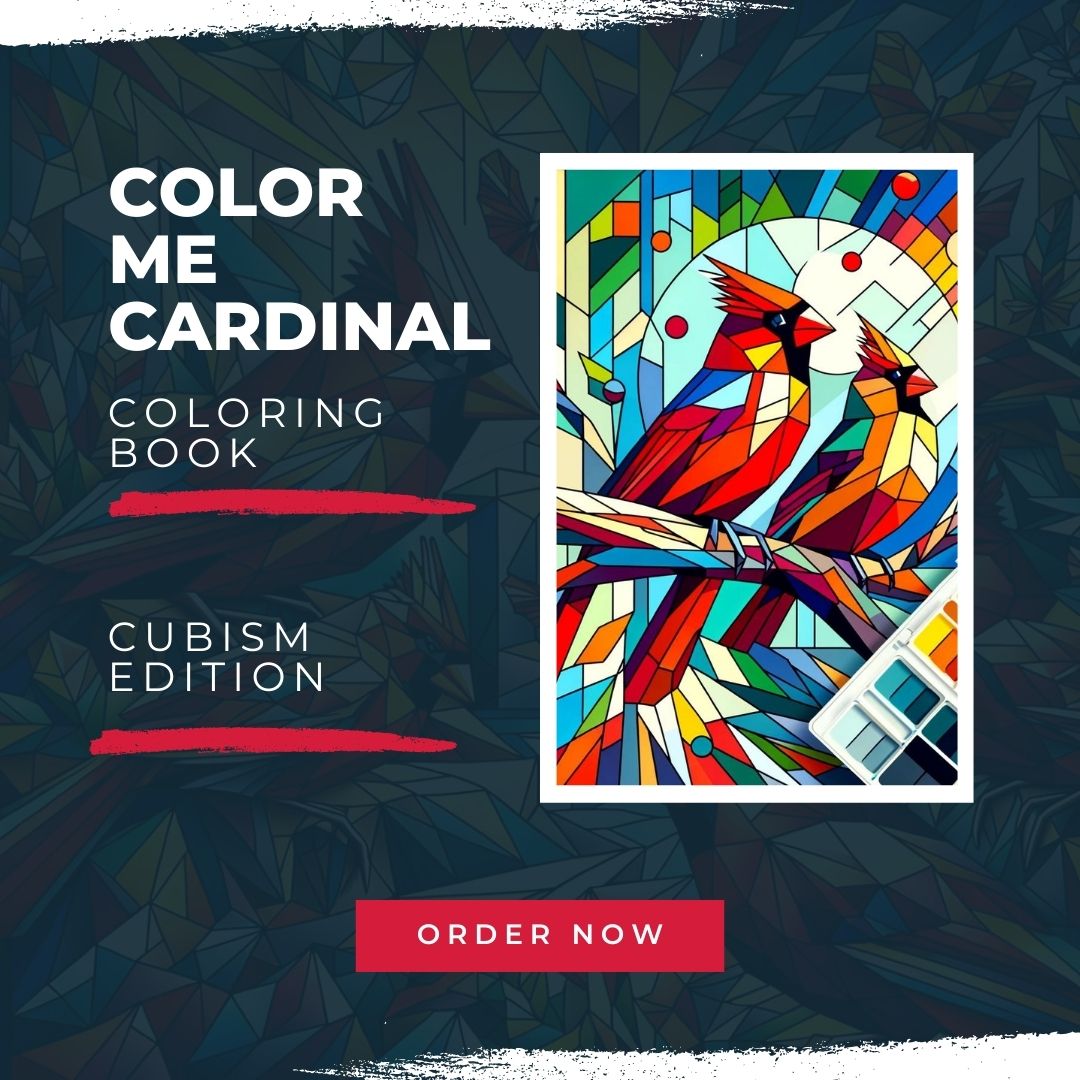As autumn rolls in, your yard transforms into a sea of orange, red, and yellow — and while the sight is beautiful, the cleanup is inevitable. But before you bag up those fallen leaves and send them to the curb, consider this: those leaves are gold for your garden.
In this guide, we’ll explore what to do with fallen leaves, compare composting vs. disposal, and help you make the most sustainable (and strategic) choice for your yard.
🍁 Why Fallen Leaves Matter More Than You Think
Fallen leaves aren’t just debris — they’re a natural resource loaded with:
- Carbon-rich organic matter
- Trace minerals trees pull from deep underground
- Insulation for overwintering pollinators and soil life
Letting them work for you (instead of against you) can reduce waste, build healthy soil, and support biodiversity.
🔄 Option 1: Composting Fallen Leaves
🌱 Why Compost Leaves?
Leaves are carbon-heavy (“browns”), which balance out nitrogen-rich materials (“greens”) like food scraps or grass clippings in a compost pile. They help:
- Speed up decomposition
- Control odors
- Prevent slimy, soggy piles
🛠️ How to Compost Leaves Effectively:
- Shred Them First
Use a mower or leaf shredder. Shredded leaves decompose faster and take up less space. - Mix With Greens
Aim for a 2:1 or 3:1 ratio of browns to greens. Good greens include kitchen scraps, fresh grass clippings, or spent flowers. - Turn Occasionally
Aeration helps microbes break everything down. Turn your pile every 1–2 weeks. - Moisture Balance
The pile should feel like a wrung-out sponge — not too wet, not too dry.
🕐 Leaves take about 6–12 months to fully compost into rich, crumbly soil.
✅ Pros:
- Free soil amendment
- Reduces waste sent to landfill
- Good for long-term soil health
❌ Cons:
- Requires space and maintenance
- Takes time (not ideal for immediate removal needs)
🍂 Option 2: Leaf Mulch
If you’re not ready for full-on composting, mulching is a fast, no-fuss alternative.
🔧 How to Mulch with Leaves:
- Rake or shred leaves directly onto garden beds or around trees and shrubs.
- Apply 2–4 inches of shredded leaves for best results.
- Avoid thick piles of whole leaves — they can mat and block water or air.
Benefits:
- Insulates soil in winter
- Suppresses spring weeds
- Feeds soil life slowly as it breaks down
🚮 Option 3: Disposal (When You Really Need To)
There are times when bagging up leaves is the right call:
- You’re dealing with diseased leaves (e.g., from mildew-infected squash or blight-prone tomatoes).
- You have an overwhelming volume and no composting space.
- Your municipality offers a yard waste pickup program that turns it into mulch or compost elsewhere.
♻️ Choose paper bags or compostable options if required by local collection.
🤔 Composting vs. Disposal: What’s Best for You?
| Factor | Composting | Disposal |
|---|---|---|
| Environmental Impact | Low (sustainable) | Higher (adds to landfill unless composted by city) |
| Effort Required | Medium | Low |
| Garden Benefits | High | None |
| Ideal For | Gardeners, long-term thinkers | Short-term yard cleanup |
🌿 Bonus Uses for Leaves
- Create Leaf Mold: Pile moist shredded leaves in a corner and let them sit for a year. The result? A dark, spongy, fungi-rich soil conditioner.
- Insulate Compost Bins: Use leaves to wrap or cover your compost pile in winter.
- Wildlife Habitat: Leave a few small piles in the corner of your yard to shelter pollinators, frogs, and overwintering insects.
🧠 Key Takeaways
- Fallen leaves are not trash — they’re a free resource full of organic matter and minerals.
- Composting and mulching are the best ways to use leaves in your garden.
- If you must dispose of them, do so responsibly — ideally through municipal composting programs.
- Shredded leaves break down faster and are more garden-friendly than whole leaves.
📕 This Article Was Brought to You By…
Know the Natives Plant Guide
Want to garden in sync with nature? This guide is packed with native plant profiles, sustainable tips, and low-maintenance landscaping ideas for people who care about doing it right.
👉 Every book purchase supports more free gardening guides like this.
📖 Get your copy here »




